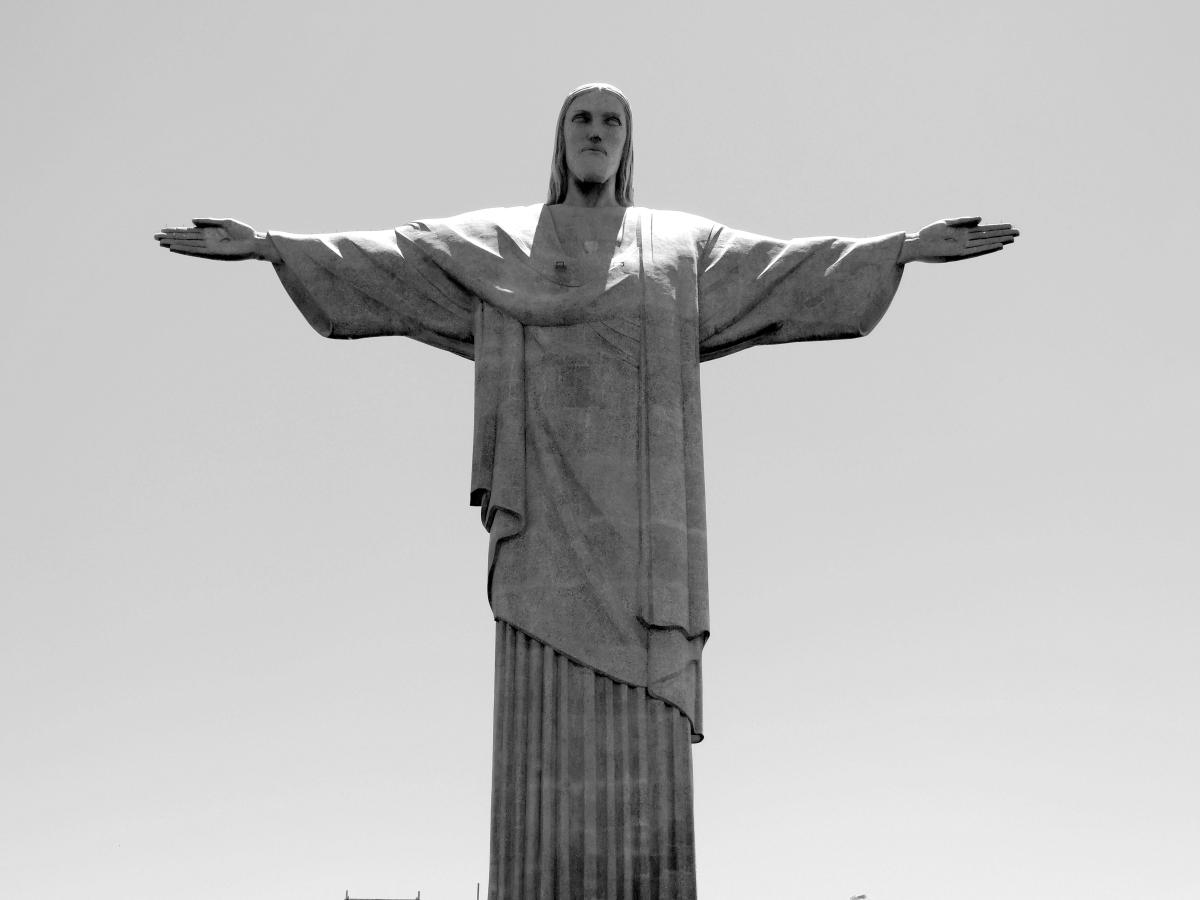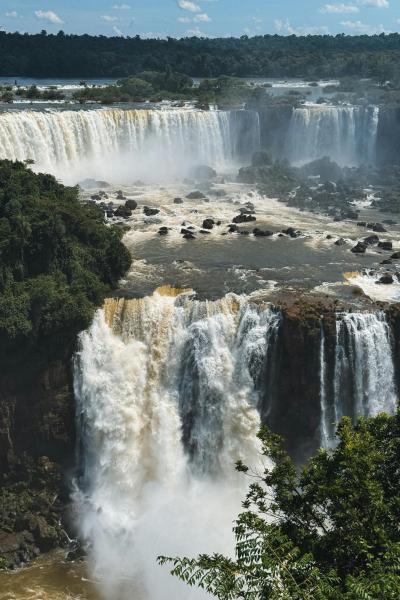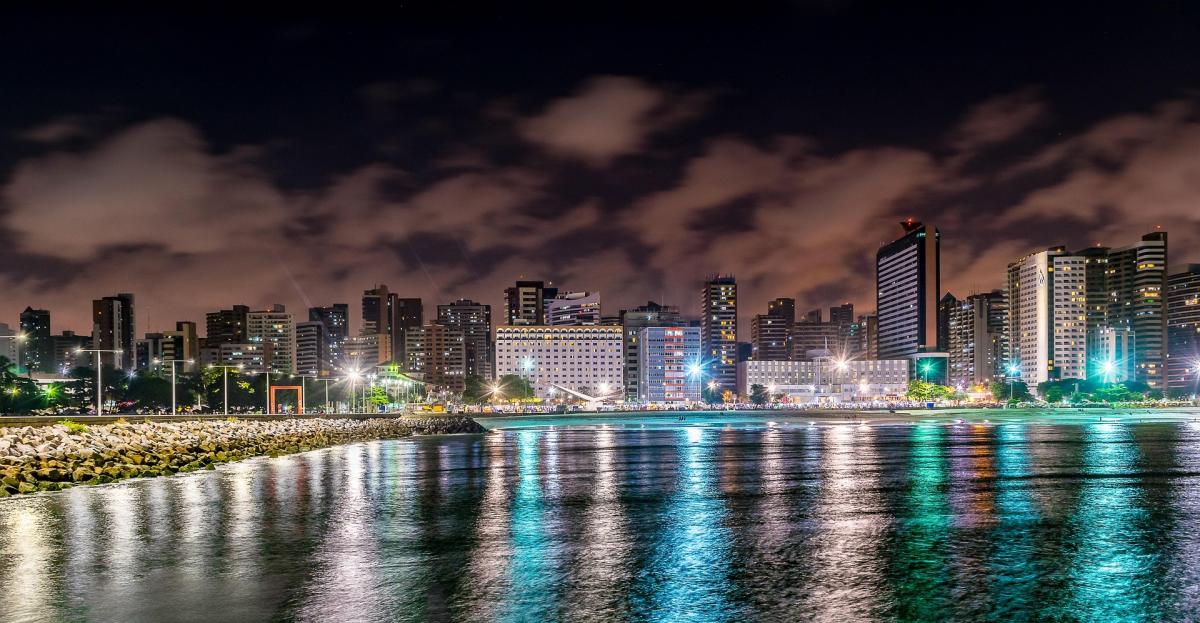
Brazil Attractions: A Guide to the Best Places to Visit in South America’s Largest Country
Brazil is a country of contrasts, where modern cities coexist with ancient cultures, where lush rainforests meet stunning beaches, and where vibrant festivals celebrate the diversity of its people. Brazil is also a country of wonders, with natural and man-made attractions that will leave you breathless. Whether you are looking for adventure, culture, nature, or relaxation, Brazil has something for everyone. In this article, we will explore some of the best attractions in Brazil, from the iconic landmarks of Rio de Janeiro to the hidden gems of the Amazon. We will also give you some tips on how to plan your trip, what to expect, and what to avoid. Let’s get started!
Rio de Janeiro: The Marvelous City
Rio de Janeiro is Brazil’s most famous and visited city, and for good reasons. It is a city of beauty, charm, and energy, where you can enjoy stunning views, sandy beaches, lively nightlife, and rich culture. Some of the must-see attractions in Rio de Janeiro are:
- Cristo Redentor (Christ the Redeemer): This colossal statue of Christ, with arms outstretched as if to embrace the city, is one of the most recognizable symbols of Brazil and one of the new seven wonders of the world. It stands on the summit of Corcovado mountain, 709 meters above sea level, and offers panoramic views of Rio and the bay. You can reach the statue by a scenic train ride through the Tijuca National Park, a huge forest that protects springs, waterfalls, and wildlife.
- Sugar Loaf Mountain: Another iconic landmark of Rio, this rounded rock peak juts out of a promontory, rising 394 meters above the water. You can access the summit by a cable car that offers spectacular views of the city and the ocean. On the way, you can stop at a mid-point station and explore the trails and viewpoints of the surrounding park.
- Copacabana and Ipanema: These are two of the most famous and beautiful beaches in the world, where you can enjoy the sun, the sand, and the sea, as well as the lively atmosphere and the diverse crowd. Copacabana is a long and wide beach, with a curved shape that resembles a crescent moon. It is lined with hotels, restaurants, bars, and shops, and hosts many events and concerts throughout the year. Ipanema is a more upscale and trendy beach, with a straight shape and a backdrop of mountains. It is known for its fashionable boutiques, cafes, and nightlife, as well as its cultural and artistic scene.
- Carnaval: This is the biggest and most famous celebration in Brazil, and one of the largest and most colorful festivals in the world. It takes place every year in February or March, before Lent, and lasts for five days. It is a time of joy, music, dance, and creativity, where millions of people take to the streets to join the parades, parties, and costumes. The highlight of Carnaval is the Samba Parade, where thousands of dancers and musicians from different samba schools compete in a spectacular show at the Sambadrome, a specially built stadium.
Iguaçu Falls: The Mighty Waterfall
Iguaçu Falls is one of the most impressive and awe-inspiring natural wonders in the world. It is a series of 275 waterfalls that span the border between Brazil and Argentina, forming a horseshoe shape that stretches for almost 3 kilometers. The falls are fed by the Iguaçu River, which originates in the Paraná Plateau and flows through a volcanic basalt canyon. The highest and most spectacular fall is called the Devil’s Throat, where the water plunges 80 meters into a narrow gorge, creating a thunderous roar and a misty spray. You can admire the falls from different perspectives, depending on which side of the border you are on. On the Brazilian side, you can walk along a trail that follows the river and offers panoramic views of the falls, as well as access to an elevator that takes you to the top of the Devil’s Throat. On the Argentinean side, you can explore a network of walkways that take you closer to the falls, as well as a train that connects the main stations. You can also take a boat ride that takes you under the falls, or a helicopter ride that gives you a bird’s eye view of the whole area. Iguaçu Falls is part of the Iguaçu National Park, a UNESCO World Heritage Site that protects a rich biodiversity of flora and fauna, including jaguars, toucans, monkeys, and butterflies. The park also offers other attractions, such as the Parque das Aves (Bird Park), where you can see and interact with hundreds of exotic birds, and the Itaipu Dam, one of the largest hydroelectric power plants in the world.
Amazon Rainforest: The Green Lung of the Planet
The Amazon Rainforest is the largest and most diverse tropical rainforest in the world, covering an area of about 5.5 million square kilometers, mostly in Brazil. It is home to more than 10% of the world’s species of plants, animals, and insects, many of which are endemic and endangered. It is also a vital source of oxygen, water, and medicine, as well as a cultural and spiritual treasure for the indigenous peoples who live there. The best way to experience the Amazon Rainforest is to take a river cruise or a jungle lodge, where you can immerse yourself in the natural beauty and the local culture. You can choose from different options, depending on your budget, time, and interests. Some of the activities you can do in the Amazon Rainforest are:
- Wildlife watching: The Amazon Rainforest is a paradise for wildlife lovers, as you can see a variety of animals, such as monkeys, sloths, dolphins, caimans, piranhas, macaws, and more. You can also visit the Mamirauá Reserve, the largest protected area in the Amazon, where you can see the rare pink river dolphins and the giant otters.
- Hiking and canoeing: The Amazon Rainforest offers many opportunities for hiking and canoeing, where you can explore the different ecosystems and landscapes, such as the flooded forests, the blackwater rivers, the waterfalls, and the islands. You can also visit the Encontro das Águas (Meeting of the Waters), where the dark Rio Negro and the light Rio Solimões join to form the Amazon River.
- Cultural exchange: The Amazon Rainforest is not only a natural wonder, but also a cultural one, as it is inhabited by more than 200 indigenous groups, each with their own language, traditions, and beliefs. You can learn more about their history, lifestyle, and challenges, as well as participate in their rituals, crafts, and cuisine. You can also visit the city of Manaus, the capital of the Amazonas state, where you can see the contrast between the colonial and the modern architecture, such as the Teatro Amazonas (Amazon Theater), a lavish opera house built in the 19th century.
Brasília: The Modernist Capital
Brasília is the capital of Brazil, and one of the most unique and futuristic cities in the world. It was built in the 1950s, as part of a project to move the capital from Rio de Janeiro to the interior of the country, and to create a new and modern image of Brazil. The city was designed by the visionary architect Oscar Niemeyer, who created a series of monumental and innovative buildings that reflect the shapes and curves of the landscape. The city was also planned by the urbanist Lúcio Costa, who divided it into different sectors, such as the residential, the commercial, the cultural, and the governmental. The city is shaped like a giant airplane, with the main axis being the Eixo Monumental (Monumental Axis), where most of the attractions are located. Some of the highlights of Brasília are:
- Congresso Nacional (National Congress): This is the seat of the legislative branch of the Brazilian government, and one of the most iconic buildings in Brasília. It consists of two towers that represent the Senate and the Chamber of Deputies, and two domes that represent the plenary sessions, one convex and one concave. The building is surrounded by a large lawn and a reflecting pool, and offers guided tours and panoramic views of the city.
- Catedral Metropolitana (Metropolitan Cathedral): This is the main religious building in Brasília, and one of the most beautiful and original cathedrals in the world. It was designed by Oscar Niemeyer, who created a structure that resembles a crown of thorns, with 16 concrete columns that curve upwards and support a glass roof. The interior is decorated with stained glass, sculptures, and paintings, and has a suspended cross and four bronze angels. The cathedral also has an underground chapel and a museum.
- Palácio da Alvorada (Alvorada Palace): This is the official residence of the President of Brazil, and another masterpiece of Niemeyer. It is located on the shores of Lake Paranoá, and has a minimalist and elegant design, with a white facade, a slender colonnade, and a reflecting pool. The palace is not open to the public, but you can admire it from a distance, or visit the nearby Palácio do Jaburu, the residence of the Vice-President.
- Museu Nacional (National Museum): This is a cultural and educational center that hosts temporary exhibitions of art, history, science, and technology. It is housed in a striking dome-shaped building, also designed by Niemeyer, that resembles a flying saucer. The museum has a large auditorium, a library, a laboratory, and a restaurant. It is part of the Complexo Cultural da República (Cultural Complex of the Republic), along with the Biblioteca Nacional (National Library).
Salvador: The Afro-Brazilian Capital
Salvador is the capital of the state of Bahia, and the third-largest city in Brazil. It is also the oldest city in the country, founded in 1549 by the Portuguese as the first colonial capital. Salvador is known for its rich and diverse culture, influenced by the African, European, and indigenous heritage of its people. It is also known for its colorful and historic architecture, its lively music and dance, and its religious syncretism. Some of the attractions in Salvador are:
- Pelourinho: This is the historic center of Salvador, and a UNESCO World Heritage Site. It is a maze of cobblestone streets, colonial buildings, churches, museums, and art galleries, painted in bright colors and decorated with azulejos (painted tiles). It is also a place of vibrant cultural expression, where you can see and hear capoeira, samba, and other Afro-Brazilian rhythms. Some of the landmarks in Pelourinho are the Igreja e Convento de São Francisco (Church and Convent of Saint Francis), a baroque masterpiece with a golden interior, and the Casa do Olodum (House of Olodum), a cultural center and the headquarters of the famous percussion group.
- Elevador Lacerda (Lacerda Elevator): This is a public elevator that connects the lower and upper parts of the city, offering stunning views of the Baía de Todos os Santos (All Saints’ Bay). It was built in 1873, and was the first urban elevator in the world. It has four cabins that can transport up to 128 passengers at a time, and reach a height of 72 meters. The elevator is located next to the Praça Tomé de Souza (Tomé de Souza Square), where you can find the Palácio Rio Branco (Rio Branco Palace), the former seat of the government of Bahia.
- Mercado Modelo (Model Market): This is a traditional market that sells handicrafts, souvenirs, food, and drinks. It is located in a historic building that was once a customs house and a slave market. It has more than 200 stalls, where you can find items such as lace, ceramics, leather, wood, metal, shells, and beads. You can also enjoy the local cuisine, such as acarajé, a fried bean cake stuffed with shrimp and spicy sauce, and moqueca, a fish stew with coconut milk and palm oil.
- Igreja do Nosso Senhor do Bonfim (Church of Our Lord of Bonfim): This is the most popular and revered church in Salvador, and a symbol of the religious syncretism of the city. It was built in the 18th century, and is dedicated to both Jesus Christ and Oxalá, the supreme god of the Candomblé religion. The church is famous for its fitas (ribbons), colorful bands that are tied to the gates and fences, and are believed to grant wishes. The church also hosts the Festa do Bonfim (Bonfim Festival), a celebration that mixes Catholic and Candomblé rituals, such as the washing of the steps and the procession of the boats.
Conclusion
Brazil is a country that offers a variety of attractions for all tastes and preferences. From the modern and futuristic Brasília, to the historic and cultural Salvador, to the natural and spectacular Iguaçu Falls and Amazon Rainforest, to the marvelous and vibrant Rio de Janeiro, Brazil has something for everyone. If you are planning to visit Brazil, make sure to include some of these attractions in your itinerary, and you will not regret it. Brazil is a country that will surprise you, delight you, and make you fall in love with it.


Fortaleza, the capital of Ceará, is a dynamic and vibrant city that offers visitors a diverse blend of natural beauty, cultural richness, and modern conveniences. Whether youre exploring its stunning beaches, indulging in local cuisine, or immersing yourself in the citys historical and artistic heritage,...